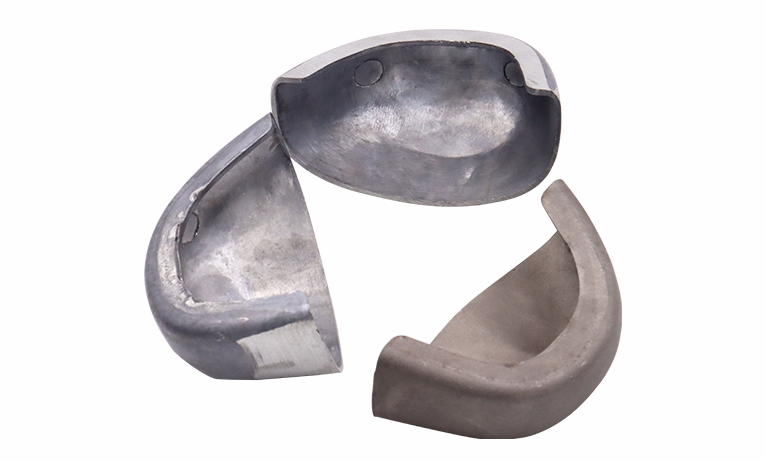Time to read: 6 min

Abstract:
Vacuum casting, a manufacturing process known for its versatility and precision, is ideal for creating detailed prototypes and small batch production. Central to this process is the selection of the appropriate material, which determines the functionality, aesthetics, and durability of the final product. This article explores the various types of materials used in vacuum casting, their properties, and the factors influencing material selection to guide you in making an informed decision for your next project.
Body:
Vacuum Casting: A Manufacturing Marvel
Vacuum casting, synonymous with urethane or polyurethane casting, is a manufacturing technique that involves pouring liquid material into a silicone mold under vacuum conditions. This method ensures the material fills the mold without air bubbles or defects, leading to highly accurate and detailed parts.
Importance of Material Selection
The choice of material in vacuum casting is pivotal. It affects the performance, durability, aesthetics, cost, and compatibility of the final product with its intended application. Understanding the properties and benefits of different materials is crucial for selecting the best-fit resin for your project.
Material Selection Factors
Several factors influence the selection of materials in vacuum casting:
- Environmental Factors: The operating environment of the part, including exposure to humidity, chemicals, UV radiation, and temperature fluctuations, must be considered.
- Cost Considerations: Material costs can vary widely, impacting the overall project budget. Balancing material properties with budget constraints is key.
- Production Volume and Lead Times: The intended production volume affects material availability, casting cycle time, and the overall cost of production.
Types of Materials Used in Vacuum Casting
ABS-Like Resins
ABS-like and polyurethane (PU) resins are known for their strength, durability, low viscosity, and thermal stability. They are ideal for parts requiring a smooth surface finish and dimensional stability.
PC-Like Resins
These resins mimic the properties of polycarbonate plastic, offering impact resistance, versatility in shape and size, thermal resistance, and optical clarity. They are suitable for creating durable, transparent parts with high precision.
PP-Like Resins
Polypropylene-like resins bring thermal stability, low weight, fatigue resistance, and chemical inertness to vacuum casting parts. They are known for their high flowability, low shrinkage, and flexibility.
PMMA/Acrylic Materials
PMMA, or acrylic, is recognized for its optical transparency, mechanical rigidity, strength, and thermal stability. It is ideal for applications requiring clear, durable components.
Transparent Soft Rubber
This innovative material combines the elasticity and flexibility of rubber with the clarity of glass, offering design freedom, transparency, and durability.
Selecting the Right Material
The right material for your vacuum casting project depends on the application environment, necessary mechanical and physical properties, production volume, lead time, and other project specifications. Consulting with vacuum casting manufacturers and experienced professionals is recommended to ensure the selection of the most suitable material.
Conclusion
Vacuum casting offers a wide range of material options, each with unique properties and benefits. By considering the factors influencing material selection and consulting with experts, you can ensure your project meets its performance, aesthetic, and cost objectives.




